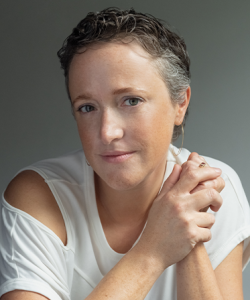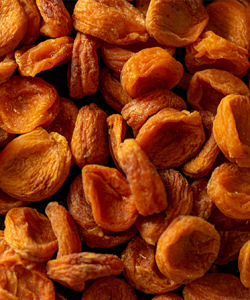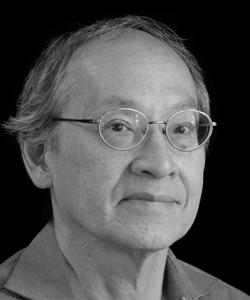Ten Questions for Keetje Kuipers

“I’m a firm believer these days in discomfort on the page, whether it’s sonic, tonal, metaphorical, or imagistic.” —Keetje Kuipers, author of Lonely Women Make Good Lovers
Jump to navigation Skip to content

“I’m a firm believer these days in discomfort on the page, whether it’s sonic, tonal, metaphorical, or imagistic.” —Keetje Kuipers, author of Lonely Women Make Good Lovers

Jehanne Dubrow offers advice to writers wondering whether they are ready to process traumatic experience on the page.
In this episode of the Ehkili podcast, Sahar Mustafah talks to author and editor Susan Muaddi Darraj to discuss her anthology, Ask the Night for a Dream: Palestinian Writing From the Diaspora (Palestine Writes Press, 2024), and the significance of amplifying Palestinian literary voices.
In this New Orleans Book Festival event hosted at Tulane University, authors Sarah M. Broom and Tracy K. Smith speak about the origins of their writing practices, the cultural impact of their respective literary works, and the power of storytelling to reach the truth in a conversation with Vann R. Newkirk II, senior editor at the Atlantic.
April is National Humor Month, which means it’s the perfect time to be reminded that everyone has a funny bone. The annual observance was conceived to heighten public awareness of the therapeutic value of humor, laughter, and joy. This week, consider what others have said about your sense of humor over the years. Does it lean toward puns or dad jokes? Is it witty or dark, laconic or bizarre, goofy or lighthearted? Write a short series of poems that showcases your specific sensibility around amusement and how you value humor and joy in your life. You might find it helpful to recount recent experiences and images that made you chuckle or guffaw and try to manifest in your poem what specifically made you laugh out loud.

“Write one poem at a time and resist knowing where you are going.” —Arthur Sze, author of Into the Hush
In this Books Are Magic event, Tiana Clark reads from her second poetry collection, Scorched Earth (Washington Square Press, 2025), and discusses the cinematic quality of poems and whether poetry should always tell the truth in a conversation with Terrance Hayes.
In a 2023 BOMB Magazine interview by Wendy Xu, she asks Emily Lee Luan about the cinematic, image-specific aesthetic of the poems in her collection 回 / Return (Nightboat Books, 2023). “I think my poems try to understand internal emotional change through the external world—that might be why image and scene are so central,” says Luan. “If you look at something for long enough, then you might be able to understand what’s happening within you.” Take inspiration from this juxtaposition between interiority and externality, and the notion of finding understanding and connection through prolonged observation, and write a poem that uses extensive imagery to reflect the speaker’s internal emotional state. In lieu of expository description, how does imagistic expression lend a different kind of dynamism to your work?

“I was playing, trying to make something I liked, something no one else had already made for me.” —Rachel Trousdale, author of Five-Paragraph Essay on the Body-Mind Problem
Over the course of Rita Dove’s three-stanza prose poem “Prose in a Small Space,” the speaker meanders through a sequence of questions, observations, and digressions, periodically returning to the functionality of the prose poem form itself. “Prose likes to hear itself talk; prose is development and denouement, anticipation hovering near the canapés, lust rampant in the antipasta,” writes Dove. This week, forgo the options of line breaks and nonstandard grammar of more conventional poetry, and compose a series of short prose poems that take greater advantage of other poetry elements—rhythm, prosody, diction, pacing, and sensory details. Allow your prose to “hear itself talk,” develop, and conclude.